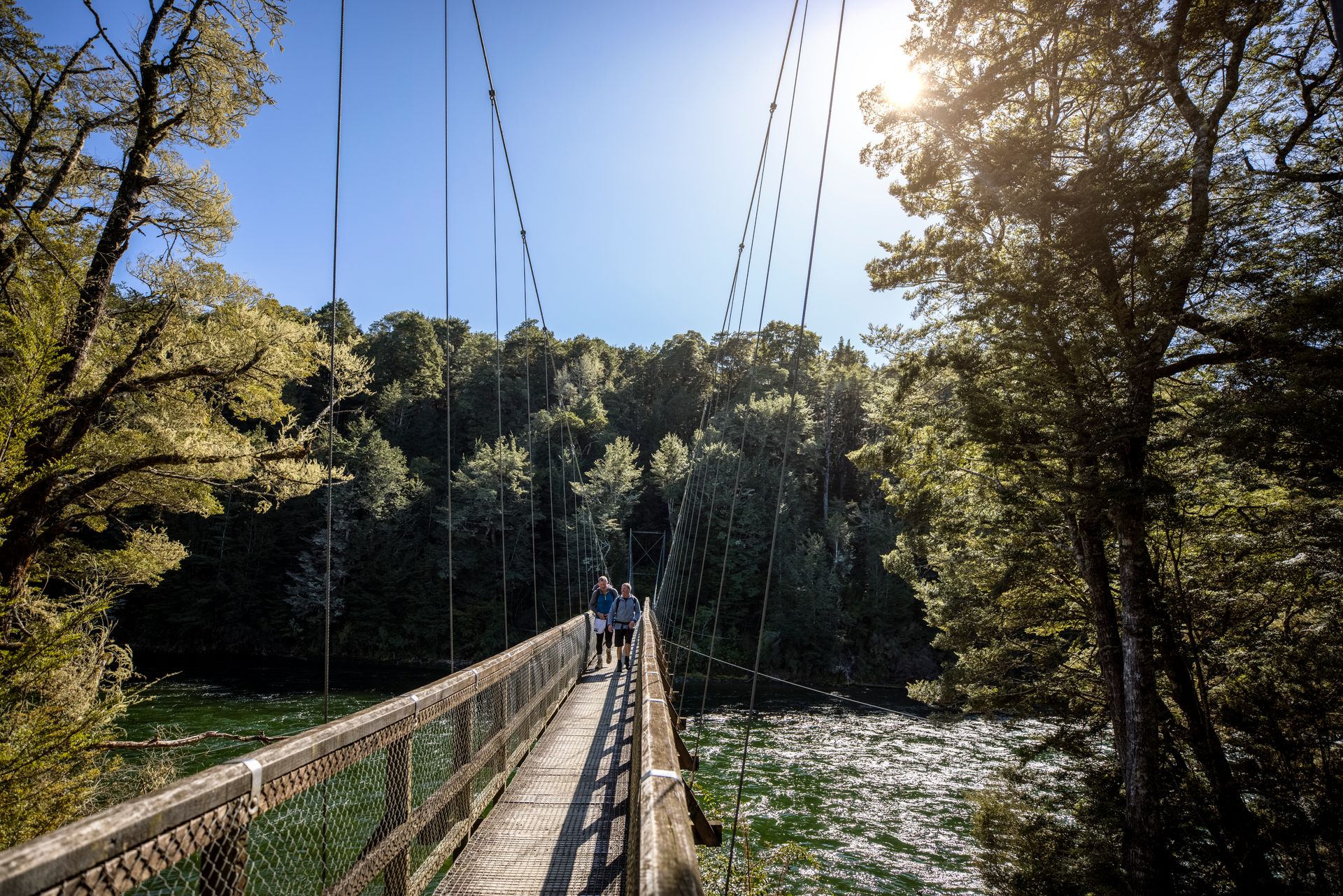There may not be any true utopias left on earth, but New Zealand comes close: untouched wilderness, ridiculously friendly people and, obviously, hobbits running all over the show. You’ve got to know who to ask for the hobbits though. For many visitors, it only takes a couple of weeks on holiday here to plant the idea of moving to New Zealand. Even if it’s just a one-off trip down-under, a bit of advice will help you get the most out of your travel through paradise.

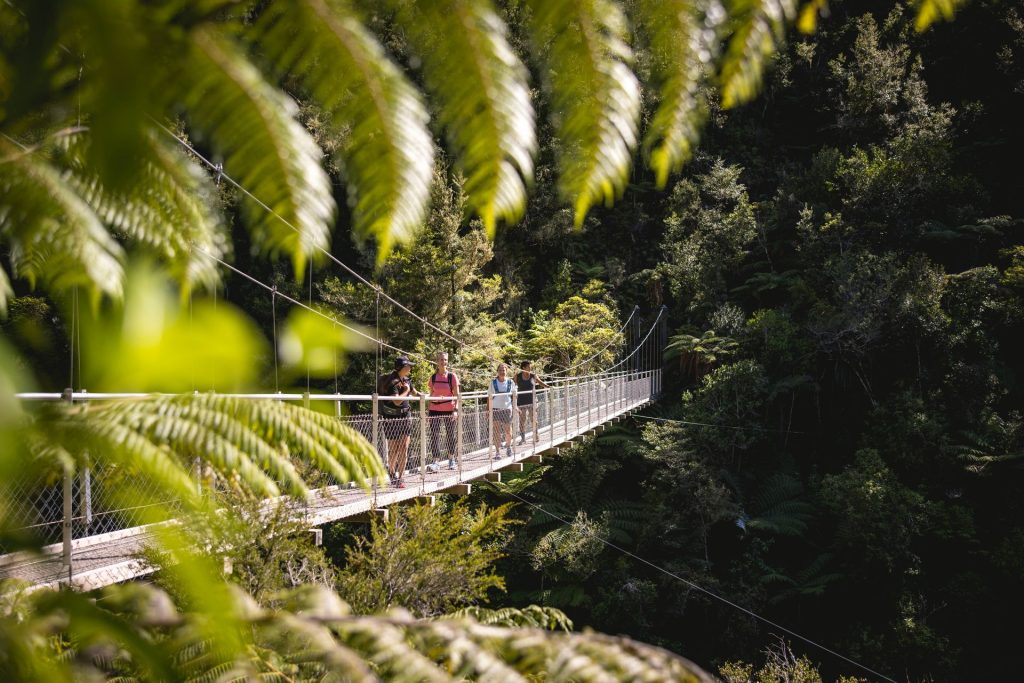
What is the most beautiful part of New Zealand?
A topic of heated discussion between travelers and locals alike, the ‘most beautiful’ competition is not one with a clear winner; there are far too many brilliant contenders. It all depends what you’re looking for – from lush native rainforest and soaring mountains to world-class surf, there’s a whole lot of beauty packed into these little islands in the corner of the world. Herein lies one of the hardest things for those moving to New Zealand: choosing where to go.
There are endless quirky small towns for those who want to experience time at its slowest, an infinite number of hiking trails that take you far, far away from the world, and vibrant cities with some of the finest coffee on the planet (Wellington, we’re looking at you). If you like Lord of the Rings, welcome to heaven, while if diving, fishing or hunting is your thing, you’ve come to the right place.
So the answer? Safe to say it’s way too close to call. Get your working holiday visa ready, it’s time to explore and decide for yourself.
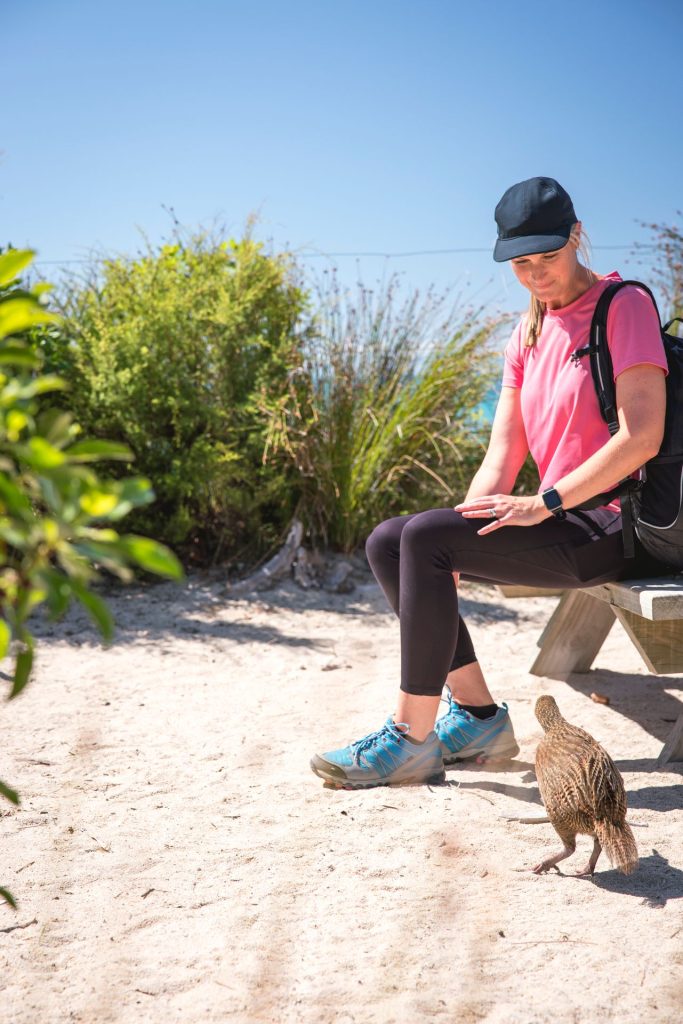
When is the best time of the year to go to New Zealand?
For long warm days and the highest chance of avoiding rain, you can’t beat a Kiwi summer, which is December through February. This is the time to find New Zealanders at their most relaxed, too. Kiwi people are famous around the world for their friendliness, and back home in summertime, they’re even more so.
For ski bunnies, June to September is the prime time to find great quality snow. Both islands have ski resorts and access to good backcountry areas, and with plenty of people flocking to the mountains, a New Zealand ski town is a wonderful place to find work, make friends and have the time of your life.
New Zealand has agreements with a handful of other countries, like Argentina and the UK, that allow travelers to work for a year while they live here. It’s called the ‘Working Holiday Visa’, and could give you the freedom to stay a while, while making your trip much less expensive. Visas can be daunting, so if you need advice, you may want to visit Immigration NZ.
As for getting around, plenty of people opt for a caravan to explore with freedom. With great opportunities to work on vineyards, farms or orchards, a van or caravan gives you the option to hop from job to job. While you might not have the roads and beaches to yourself like a few years ago, there’s still plenty to go around.
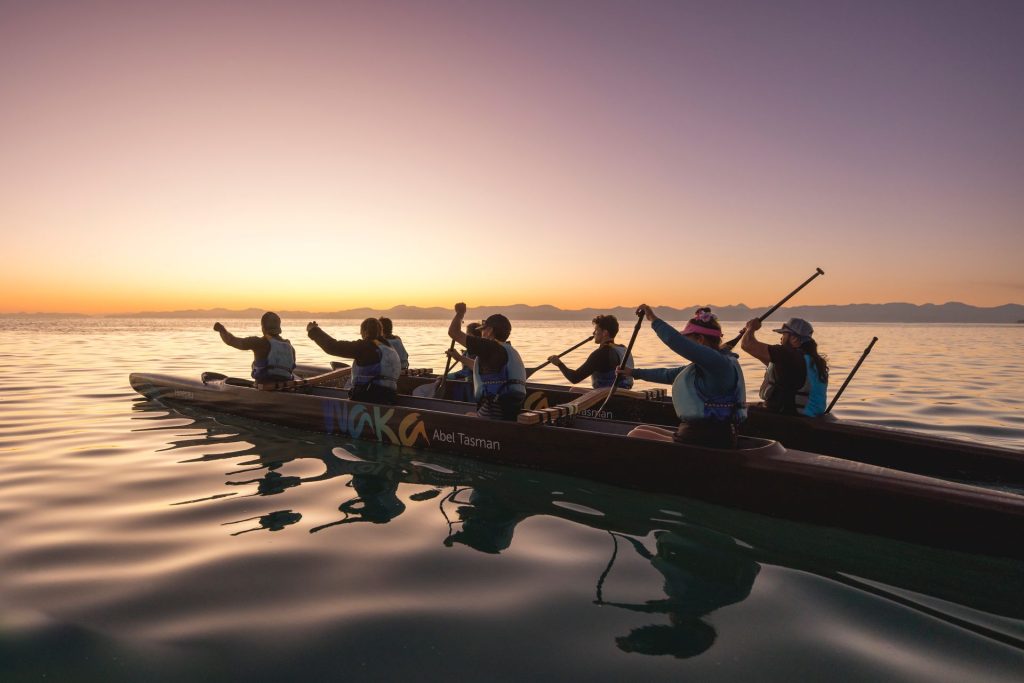
What is the best month to go to New Zealand?
For summer lovers, it’d have to be January. Festivals are in full swing, it’s warm and the whole country is on island time – even Auckland. New Zealand pretty much shuts down for the first half of January, apart from those catering to visitors and holiday makers. Typically, you’ll find laid back New Zealanders wearing jandals (flip-flops), standing by a barbeque , or playing drawn-out games of cricket in the backyard.
Kiwis have got the work life balance on lock at this time of year – life is good, and it’s enough to convince anyone to move to New Zealand.
For those wanting to shred some powder (or just ski sensibly on piste), July or August are really great months to get to the Southern Alps or to Ruapehu in the North Island. The snow is good, the people are lovely; you can’t beat winter life in a Kiwi ski town.
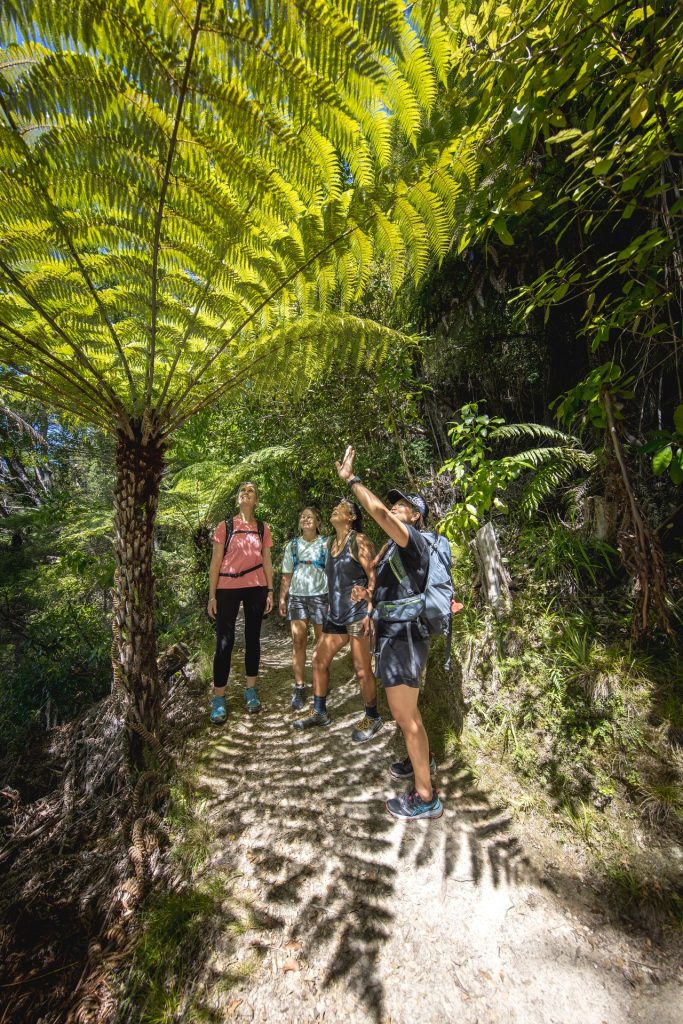
Does New Zealand have seasons?
Yes, though being a collection of long skinny islands means these are experienced very differently across the country. The South Island has the most pronounced seasons, and if you’re looking to find a show, make sure you get yourself to Central Otago for autumn, it’s unlike anywhere else in the world.
Is New Zealand humid or dry?
Back to that skinny island thing: many people paint New Zealand with one big paintbrush and think the weather is all the same, but climate-wise, it’s chalk and cheese from the top to the bottom. And side to side, for that matter, with vast mountain ranges creating micro climates all over the place. North of Auckland, the top of the South Island and the West Coast would be amongst the most humid spots. Tropical, in the case of Northland, which is actually home to a few banana plantations. Meanwhile, Canterbury, the King Country and Central Otago are very dry, particularly in summer.
Aotearoa (the name for New Zealand in Te Reo Maori) actually means ‘land of the long white cloud’, and wherever you are in the country, life in New Zealand means expecting a little bit of every season in a day.
How hot is New Zealand in summer?
Summer is one of the most awesome things about living in New Zealand. While the temperatures vary, they tend to hover in the 20’s. You’re never far from a beach, lake or river to cool off, either. A word of warning, New Zealand sun is really harsh. Like, beetroot-red in 20 minutes kind of harsh.
Time to move to New Zealand? We’ll get the sunblock ready.
What is the hottest city in New Zealand?
Subtropical Northland’s Whangarei takes the prize for highest year-round average temperature at around 19 °C. Come summer, though, Central Otago’s Alexandra leaps ahead with an average daily high of 25°C. This means there’s plenty of work picking fruit in the Hawkes Bay, Bay of Plenty or Central Otago for anyone who fancies a stint in an orchard.
Is it worth visiting New Zealand in winter?
Short answer? Hell yeah. Winter in New Zealand is unbeatable, and you’ll find some great skiing across the Southern Alps in the south and at active volcano Ruapehu in the north. Whatever your level, New Zealand ski resorts offer something for everyone, young and old. Kiwi ski towns like Queenstown, Wanaka and Ohakune are some of the most vibey places in the country for living in New Zealand through the winter season, and offer the best way to find casual work, new friends and the perfect work life balance.
With plenty of people from all over the world who’ve moved and are living in these wee towns, there’s all the support you might need, especially when it comes to getting your visa sorted or finding work.
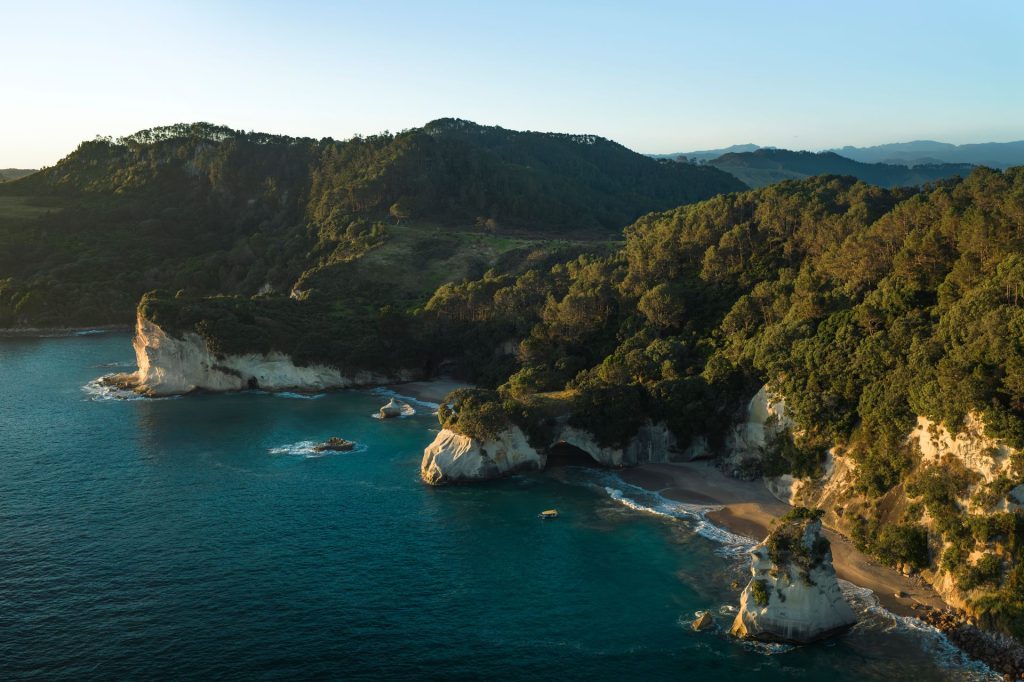
How cold is winter in New Zealand?
While there’s good quality snow and definitely some chilly conditions, New Zealand doesn’t get anywhere near as cold as Europe or North America. In the South Island, it can get to below -10°C, but still, that’s not often and not for long. Living in a van might not be ideal mid-winter, but you’ll find plenty of other accommodation options to keep you warm, particularly if you’ve found work in a ski town.
Being an island (well, several), NZ gets a bit of wind. Wellington and Bluff, at the bottom of their respective islands, cop the most of it, making them feel much colder than other places in the country. But hey, it gives them character and a certain grit, and if you want to live in New Zealand, it’s all part of the experience. Plus, there’s always a warm pub with hot chips and a beer on hand for support through the cold winter.
How cold does it get in Auckland?
Whilst Aucklanders will complain about the cold, New Zealanders from anywhere south of the big smoke tend to laugh at them for it. Winters in Auckland are typically wet, with lows of around 7°C.
What is the coldest city in New Zealand?
A tiny town in the middle of Central Otago called Ophir holds the record for the lowest temperatures in the country at -21.6°C. The area is worth a visit – neighbouring village Oturehua hosts New Zealand’s smallest and most concentrated writer’s community. If you’re coming from somewhere tropical, it might not be the first place to visit when you travel or move to New Zealand, but get it on your list (and pack your notebook and beanie).
On that note, what do you wear in New Zealand in winter?
There’s a pretty standard uniform anywhere in rural New Zealand – heavy duty Swanndri, gumboots and stubby shorts. If any of those are a mystery to you, they’re worth a google. That kind of Kiwi fashion isn’t for everyone though, so if you’re pondering what to pack, think warm jacket, gloves, beanie, thermals and something waterproof.
What are 3 things that NZ is famous for?
1-Friendly folk
Kiwis are famous for being some of friendliest people in the world, ready to strike up a conversation with anyone and offer a word of help or support. They’re also known for being relaxed, prioritizing a healthy work life balance over slogging it out – a much needed breath of fresh air in a fast paced world.
2-Strange slang
If you’re moving to New Zealand or just coming for a visit, you might find it helpful to first brush up on some of the weirdest jargon around. Take ‘togs’ for example, which they say when they mean bathing suit. ‘You Beauty’ isn’t so much a comment on your appearance but on the quality of your actions or behaviour. You may need to use an online dictionary.
3-Mother nature at her finest
Above all else, life in New Zealand can be characterized by a constant proximity to unspoiled wilderness. Whether you’re deep in Fiordland’s bush or in the middle of Wellington, you’re never far away of a breath of fresh air. Nature offers the deepest kind of support for one’s mental wellbeing, as does being surrounded by people who know this and value living this way.
What makes Kiwi culture so interesting?
New Zealand is a really young country, with the first Maori thought to have arrived in 1320, and the first western settlers in 1642. That means while it doesn’t have the rich history of other ancient cultures, it can be progressive and quick to implement change. It’s been spared some of the hustle mentality of other bigger countries, too, which can be seen by the abundance of people who want to live simple lives by the sea.
What food do they eat in New Zealand?
New Zealand has inherited a lot of cuisine from their English colonial roots – think ‘meat and three veg’, fish and chips and meat pies. Over the years, though, the New Zealand diet has grown in diversity with the influence of immigrants – sushi, curries and tacos are just as common as sandwiches. Traditional Maori food doesn’t make it into the typical Kiwi diet much, but a hangi (fire pit) is often used to cook food for celebrations.
Eating out in New Zealand can be expensive, especially for those on a working holiday visa budget, which often makes campfire pasta first port of call (and a great option) for many travelers.
What should I bring home from New Zealand?
A kiwi accent. If you can eat fush and chups next to your teent at the beach, you’re winning at life.
